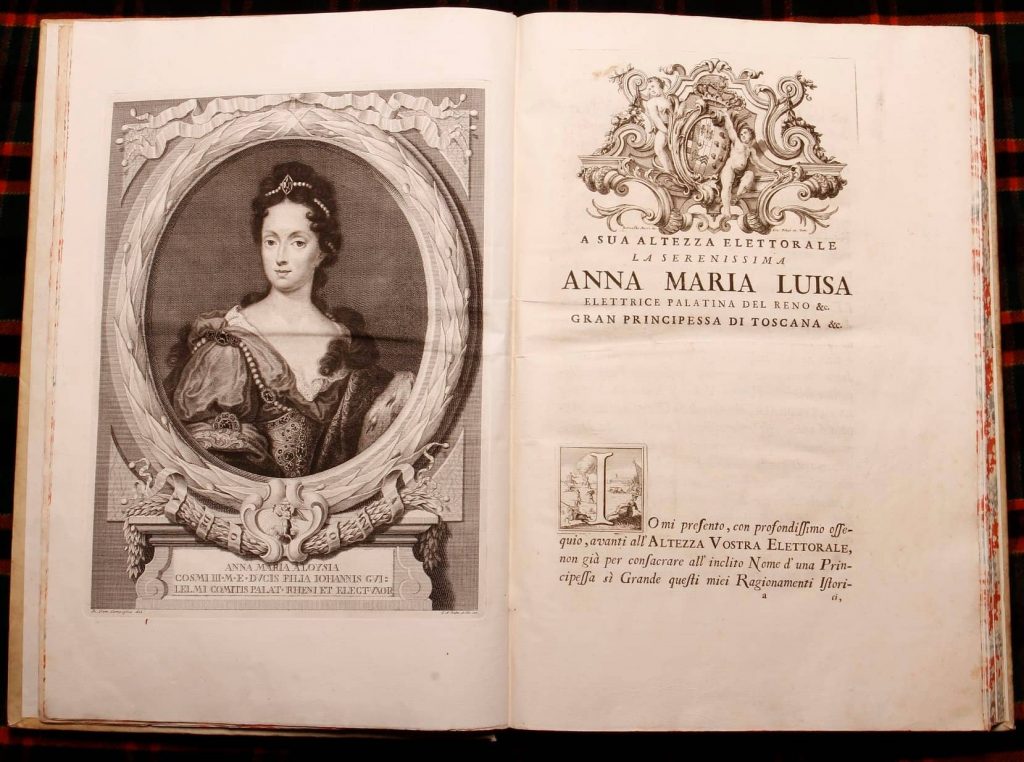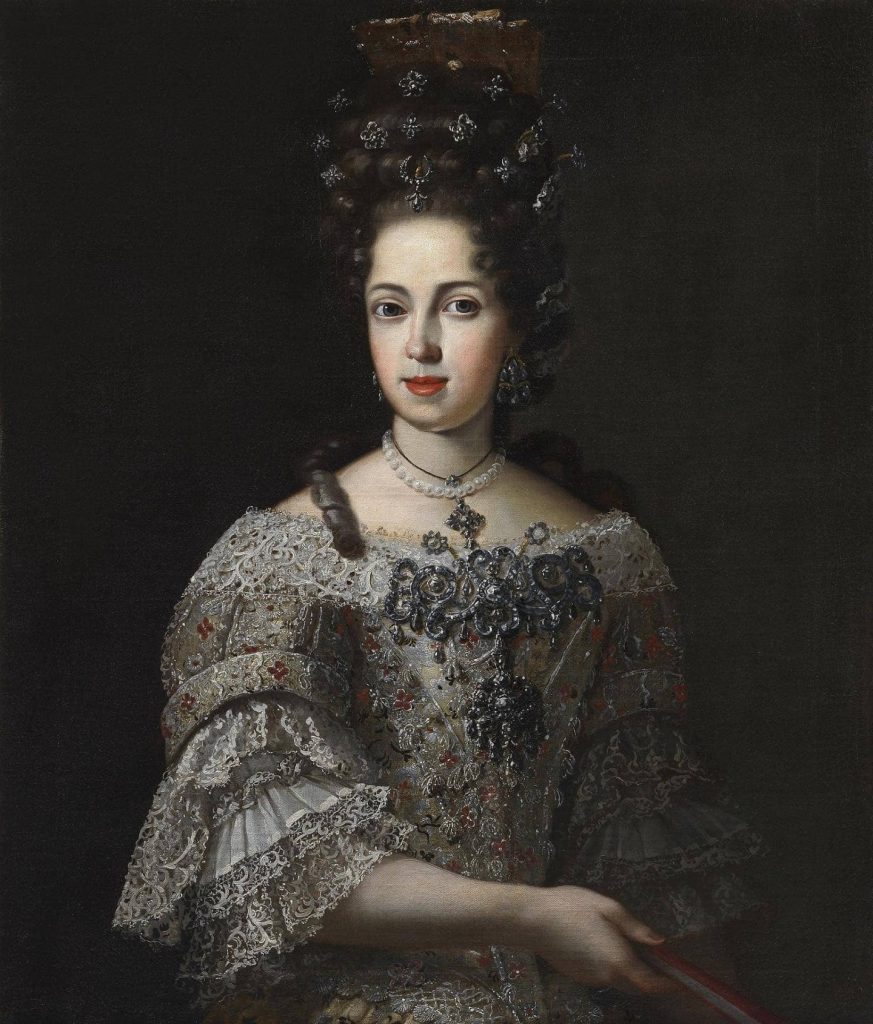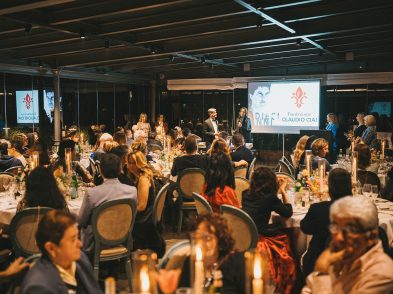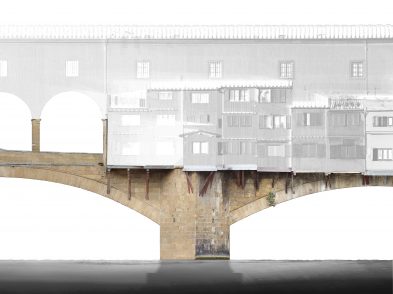Certain historical dates see a concentration of events that have proven important for humanity. February 18 is shared by the birthday of Francesco Redi and the deaths of Beato Angelico and Michelangelo. On the same day in varying years, different events affected the Medici family: on February 18, 1360, Giovanni di Bicci was born, the pioneer behind the fortune and influence of the Florentine dynasty, while on February 18, 1743, Anna Maria Luisa died, the last lineal descendant of the main branch of the House of Medici. For this reason, on this date imbued with such meaning, the decision was made to open an exhibition at the Museo de’ Medici about the Electress Palatine and her far-sighted public bequest, the Patto di Famiglia, or Family Pact.
This document decreed that the immense artistic and historical legacy of the Medici family had to remain inextricably linked to Tuscany. The third article of the pact states Anna Maria Luisa’s desire that the vast Medici artistic heritage could not moved outside the Grand Duchy for the perpetual benefit of the Tuscan people and tourists: “[…]per ornamento dello Stato, per utilità del pubblico e per attirare la curiosità dei Forestieri” (for the ornamentation of the State, for public use and to attract the curiosity of foreigners). On display in the exhibition is an 18th-century authenticated Italian copy of the original, which was written in French and is housed at the Austrian State Archives.
Visitors to the Rotonda del Brunelleschi, the museum’s headquarters, can also marvel at a portrait of Anna Maria Luisa de’ Medici in widow’s garb, which is being shown for the first time. The work was commissioned by Niccolò de’ Medici and documented on December 11, 1798 in the palazzo belonging to Bernardetto de’ Medici, where it remained until 2017 when it was bequeathed to the City of Florence by Marchesa Zena Peruzzi de’ Medici. Originally attributed (with reservations) to Anton Domenico Gabbiani and then to Taddeo Mazzi, for the art historian and the exhibition’s co-curator Marco Betti, the canvas shows elements of Carlo Ventura Sacconi’s style, a Florentine painter who was active at the Medici court under Cosimo III and Gian Gastone. Sacconi is believed to be behind the three paintings of the Morte della Vergine, commissioned by the Electress Palatine, the best-known of which is kept in the Conservatorio di Villa La Quiete in the hills of Florence, as well as all the portraits of the last Medici descendants in the Uffizi’s Serie Aulica. Another portrait of Anna Maria Luisa de’ Medici by an unknown Dutch or German painter is also displayed. In this work, the electress is depicted in an array of lace and with an elaborate “à la Fontange” hairstyle adorned with jewels.

Also on show is the Bianchini Codex, an encodium of the Medici treaties and their patronages, which was published in 1741 by the Prato-born academic Giuseppe Maria Bianchini (1685-1749). The words are accompanied by nine beautiful engravings, both line and watercolour, which depicted the grand dukes through to Gian Gastone, Cardinal Leopoldo de’ Medici and Anna Maria Luisa, who almost certainly commissioned the work.
Anna Maria Luisa adopted Roman philosopher Lucretius’ motto Diffuso lumine (resplendent light) and this bijou exhibition strives to pay tribute to her generous gesture and those rays of culture that can still enlighten humanity today.










